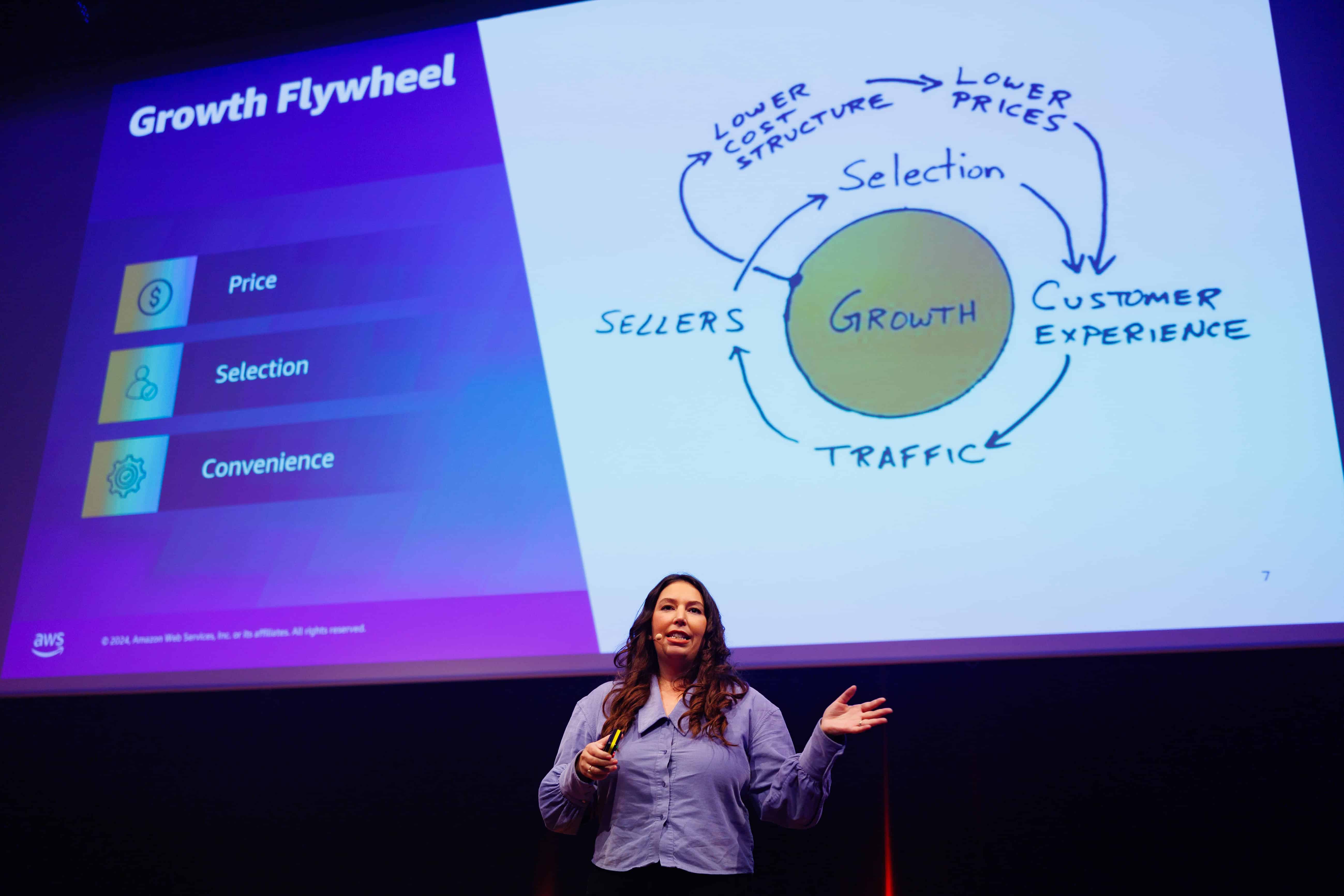
A spine-tingling glimpse into the world of nuclear weapon security showed the nuclear briefcases wielded by presidents of nuclear-armed nations. These briefcases, like Russia’s Cheget and the U.S.’s nuclear football, carry the power to order nuclear strikes, linking leaders directly to their military command. Recent footage of President Putin accompanied by officers bearing the Cheget on a visit to Beijing stirs international curiosity. How exactly are nuclear weapons kept safe?
- Nuclear security innovations influenced everyday IT security, shaping access control and encryption.
- Principles like two-factor authentication and fail-safe mechanisms stem from nuclear security.
- Ongoing digital advancements challenge nuclear and general information security measures.
The advent of nuclear security
Since the dawn of the nuclear age, the question of nuclear weapon security has been a paramount concern. The sheer destructive power of these weapons dictates stringent control measures to prevent unauthorised use. One significant innovation in this field is the permissive action link (PAL), an access control security device developed to prevent unauthorised arming or detonation of nuclear weapons.

The introduction of PALs traces back to the 1950s in the United States when the need for such a safety mechanism was recognised. Originally, these were simple mechanical locks in the control and firing systems of nuclear weapons. However, over time, as technology advanced, PALs evolved to include encrypted firing parameters and anti-tamper systems.
Impacting general information technology security
The development and implementation of PALs had a profound impact on information technology security in general. The principles employed in their design have found their way into everyday life, influencing the security mechanisms we encounter daily. For example, the concept of two-factor authentication, commonly employed in online banking and email accounts, mirrors the two-man rule implemented in PALs to prevent accidental or malicious launch of nuclear weapons.
Another principle, encryption, central to the functioning of PALs, is now ubiquitous in securing digital communications. From securing internet traffic through HTTPS to protecting sensitive data on our smartphones, encryption has become an integral part of our daily digital life, ensuring confidentiality and integrity of our data.
From nuclear security to everyday life
The innovations necessitated by nuclear security have not just remained confined to the military or nuclear establishments. Instead, they have been adopted and adapted in various sectors. For instance, the principles of access control, authentication, and encryption, all central to PALs, are now fundamental aspects of information technology and cybersecurity, influencing the way we secure our digital world.
Similarly, the concept of a fail-safe mechanism, crucial in nuclear weapon control to prevent accidental or unauthorised use, has been adopted in various domains such as industrial control systems, automotive safety, and even consumer electronics.
Addressing the Cyber Threat
In the age of technology, the threat landscape has evolved. Nuclear weapons systems, like other critical infrastructure, have become potential targets for cyber attacks. The threat of nuclear weapons being compromised through cyber attacks is real, and the consequences could be catastrophic. While nuclear weapons systems have stringent security measures, no system can be deemed entirely invincible.
In 2022, an incident where India accidentally launched a missile into Pakistani territory during a demonstration underlined the potential for human error and technical malfunction in nuclear security. The incident raised concerns about the possibility of intentional tampering with weapon systems and highlighted the need for robust security measures to prevent unauthorised access to nuclear weapon systems.
Conclusion
The innovations borne out of the need for nuclear security have largely shaped the way we approach information security in general. The principles of access control, encryption, and fail-safe mechanisms have become staples of our everyday digital life. However, as technology continues to advance, so do the threats. The increasing digitisation and complexity of modern systems present new challenges and vulnerabilities. As such, the pursuit of nuclear security continues to be a highly dynamic and critical endeavour.








